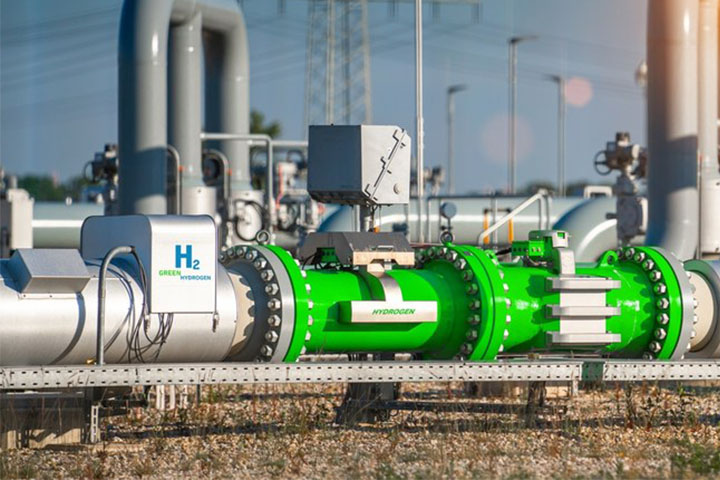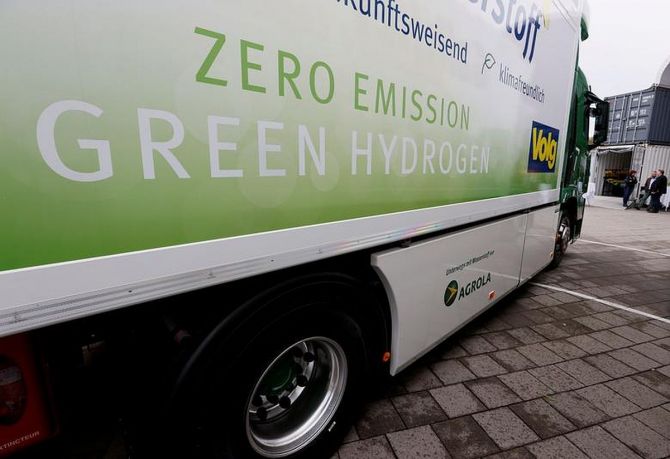Budget 2022-23: Incentives for green hydrogen likely to be included
The government of India likely to provide for targeted fiscal incentives and allocation of funds for promotion of green hydrogen in the country in Union Budget 2022-23, which is slated to be unveiled in Parliament on Tuesday.
The government launched National Hydrogen Mission in 2021. Earlier this month, Power and New & Renewable Energy Minister R K Singh had indicated that a green hydrogen policy will be unveiled in February which would feature many incentives to boost green hydrogen in the country. "While 2021 saw the launch of National Hydrogen Mission, it is likely that the Budget may provide for targeted fiscal incentives for R&D in green hydrogen segment, creation of domestic supply chain for hydrogen and reduce customs duties on electrolysers to boost green hydrogen production," says Venkatesh Raman Prasad, Partner, J Sagar Associates (JSA).
Prasad is of the view that India's commitment at COP 26 of achieving net zero emissions by 2070 and meet 50 per cent of energy requirements from renewable energy by 2030 shows that the government intends to focus on cleaner sources of energy. Hemant Mallya, senior programme lead, Council on Energy, Environment and Water (CEEW) opines that green hydrogen has many industrial uses and can potentially decarbonise many hard-to-abate sectors, like the iron and steel industry.
He says that an outlay of Rs 1,200 crore by 2024 in the upcoming Budget could trigger pilots in various end-use applications such as testing green hydrogen readiness of natural gas pipelines, underground hydrogen storage, and pilots for equipment such as furnaces, boilers, and process heaters. He suggests that another Rs 165 crore could support R&D, especially on catalysts and electrolyser membranes, finding substitutes for critical minerals, setting up testing labs and enforcing safety standards. These investments would help indigenize green hydrogen production and use as an industrial fuel, he opines.
Davinder Sandhu, co-founder & chairman, Primus Partners says that electrolysers used to manufacture hydrogen at present are expensive and bringing down their cost will contribute to reducing the cost of green hydrogen. This will enable the country to meet the target of establishing 10 gigawatt of domestic manufacturing capacity as well as making India a global leader in the sector, he opines.
In this regard, he suggests that the government should consider a production linked incentive (PLI) scheme which can support indigenization of electrolysers and scaling up of green hydrogen production at optimized cost.
Earlier this month, Union minister R K Singh had said a new green hydrogen policy will feature incentives like free power transmission for 25 years, dollar denominated bids, offer of land in renewable energy parks and land allocation near ports for creating bunkers for green hydrogen or ammonia.
Source: Rediff.com
31 Jan 2022,19:53
















 Live Tv
Live Tv


